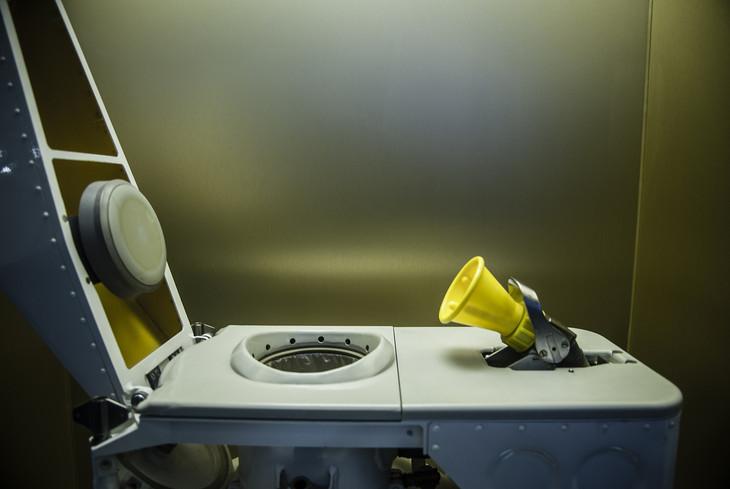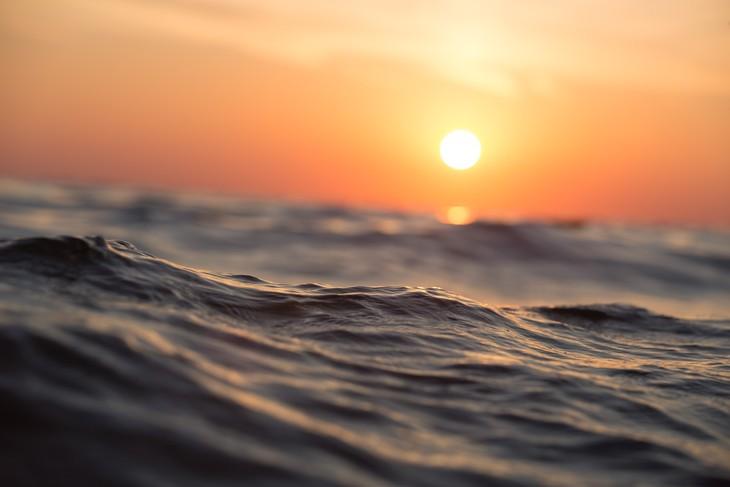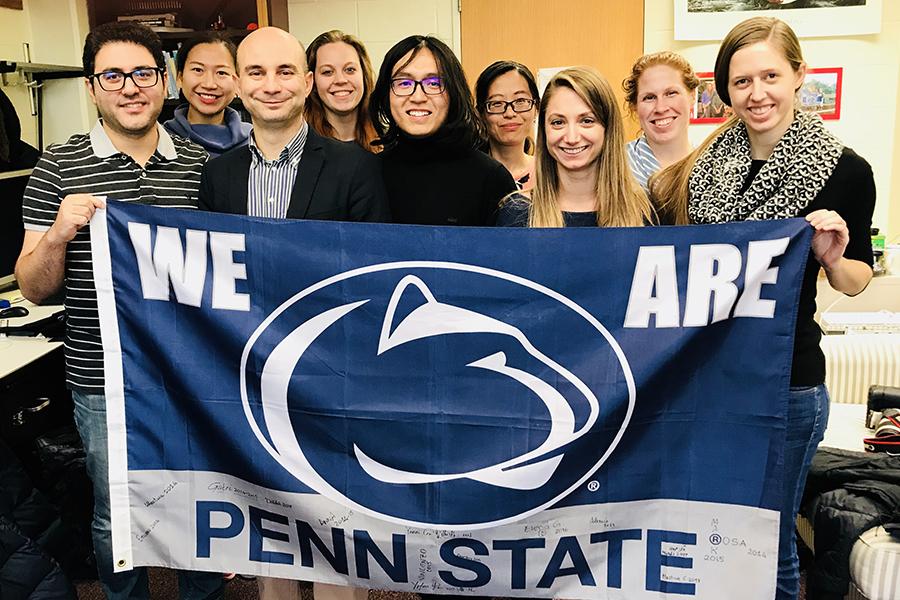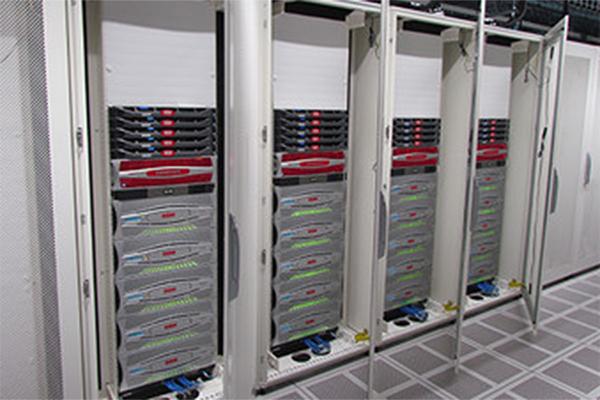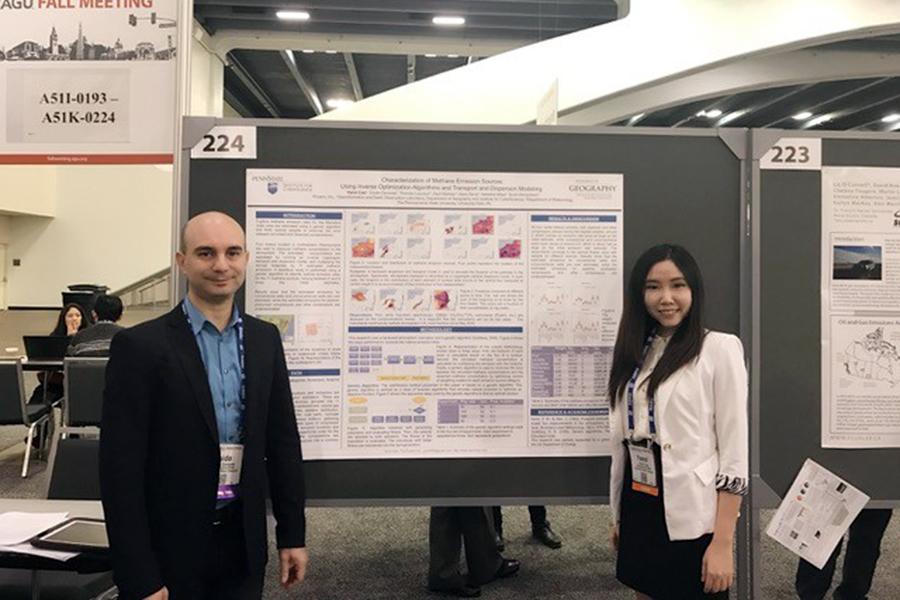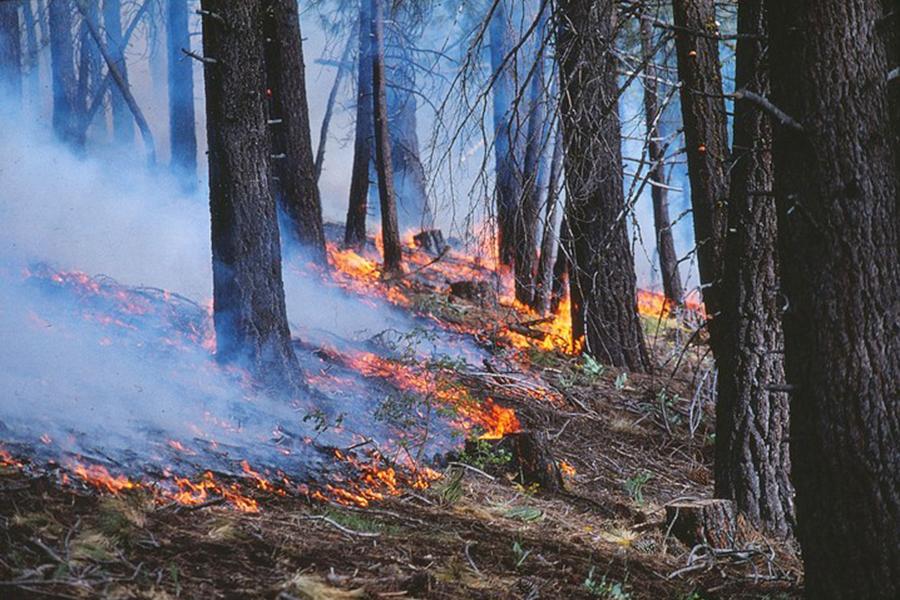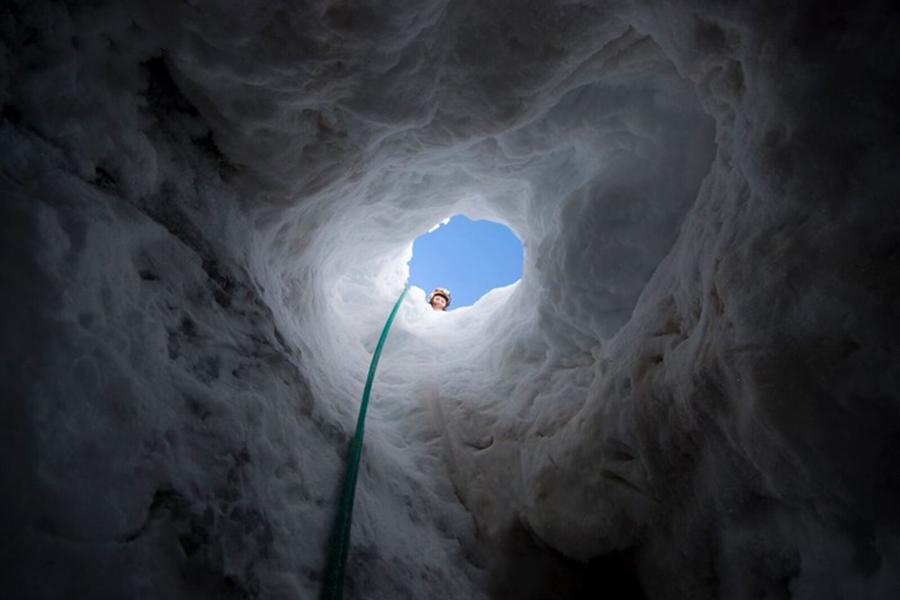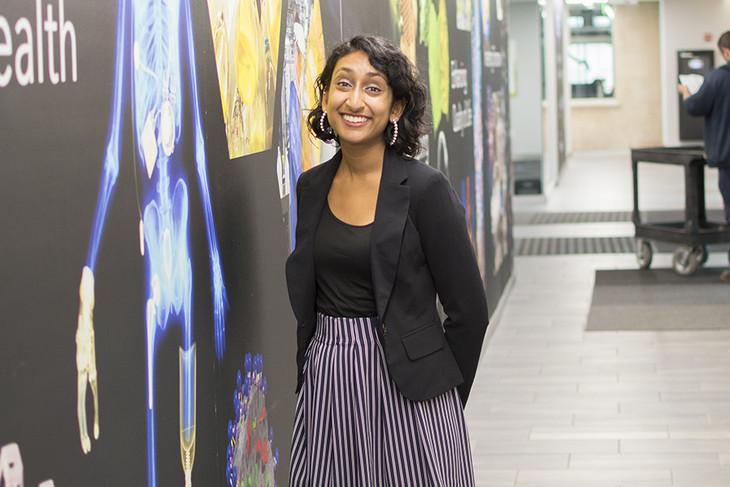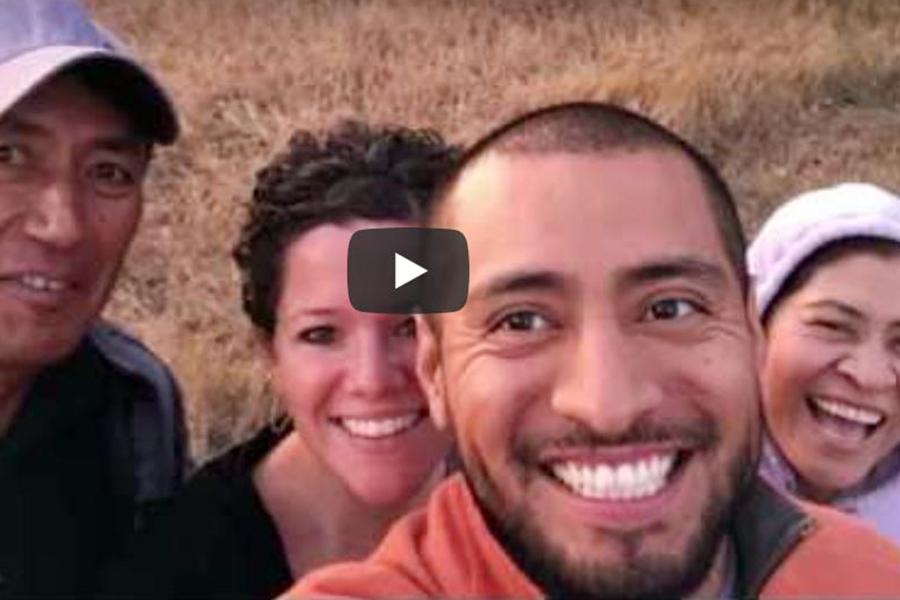Our graduate students are integral to the research we conduct, and they also are dedicated to making a difference in communities. Learn more about their research, outreach efforts, and other projects below.
News
Human waste may one day be a valuable resource for astronauts on deep-space missions. Now, a Penn State research team has shown that it is possible to rapidly break down solid and liquid waste to grow food with a series of microbial reactors, while simultaneously minimizing pathogen growth.
The warming climate is expected to affect coastal regions worldwide as glaciers and ice sheets melt, raising sea level globally. For the first time, an international team has found evidence of how sea-level rise already is affecting high and low tides in both the Chesapeake and Delaware bays, two large estuaries of the eastern United States.
Never has the world been better positioned to predict and respond to natural disasters. The stream of data at our fingertips is seemingly endless. But the size of this mounting trove of information in itself poses a problem. For example, running flood calculations for a city facing heavy rains using a century of data is highly accurate. But the calculation is useless if it takes days or weeks to compute.
Too much of a good thing. That’s the situation many scientists face in this age of Big Data. Thanks to a new data center at Penn State, researchers can now analyze huge amounts of information and complex models that were grindingly slow or impossible to handle before.
Twice a year, Global Programs solicits applications for international travel from faculty and graduate students. Based on the review committees’ evaluations and recommendations, 30 applicants were selected for funding support. The awardees will travel to 19 countries on four continents.
Faculty and students in the Department of Geography are among the many Penn State Earth scientists participating in the 2017 American Geophysical Union meeting, which began Dec. 11 and runs through Dec. 15 in New Orleans. The geographers are highlighting applications of new visualization technologies for Earth science topics.
Controlled burning of forestland helped limit the severity of one of California's largest wildfires, according to Penn State geographers.
Scientists at Penn State go to the ends of the Earth to find out what makes glaciers tick.
Preeya Kuray dreams of one day creating a better biocompatible battery to be used in medical devices inserted into the human body. For now, she’d settle for making your phone a little more safe.
Penn State geosciences alumnus Enrique Perez received tremendous financial support and advice throughout his life, which paved the way for career success. Now, he's giving back in many ways to provide similar opportunities to other students.


